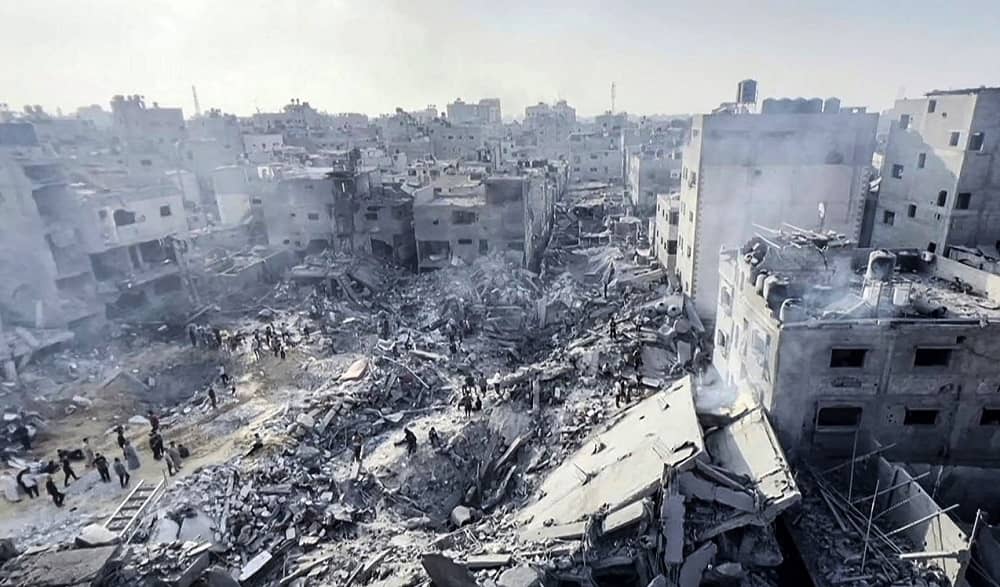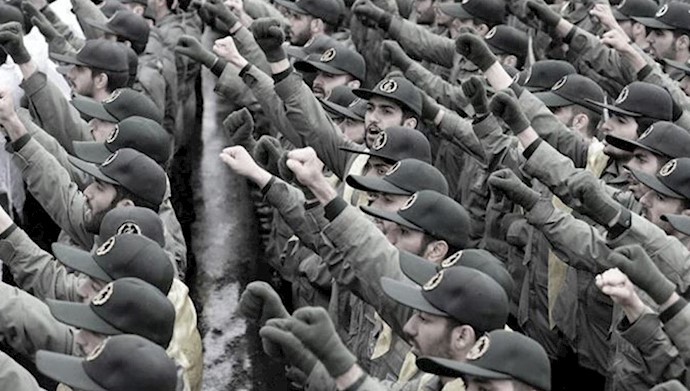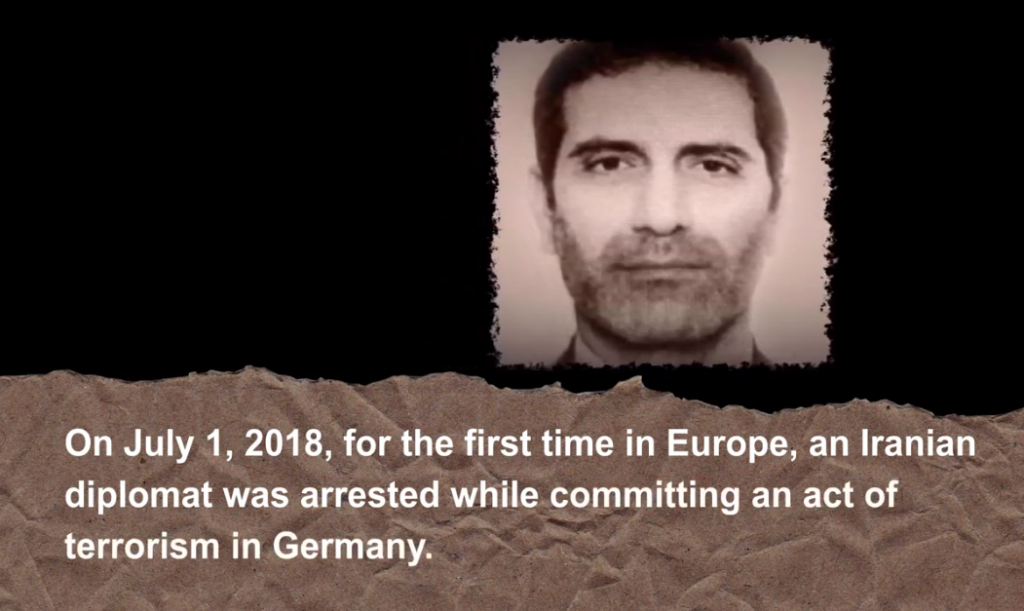
In the wake of the ongoing violence in Gaza and spreading global discord, the term “surprise” has frequently been bandied about by analysts.
Yet, as the casualty count rises, the Iranian regime’s role as an instigator becomes increasingly clear, raising the question: Was the world really oblivious to the warning signs?
The Islamic Revolutionary Guard Corps (IRGC), a designated terrorist organization by the United States among others, has been highlighted in media for financing radical militants spanning the Middle East to Eastern Europe, and from Africa to Latin America.
This threat has burgeoned under the comfort of Western neglect, thriving on the bloodshed of innocents. From the chaos in Iraq, the oppression in Syria, to the destructive conflict in Yemen, these events unfolded while Western policymakers watched, underestimating the regime’s far-reaching capabilities.

Post-October 7 has been a revealing period for Western officials who now acknowledge the threat of Tehran’s regime extending well beyond its geographic confines.
At a 2004 conference, Maryam Rajavi, President-elect of the National Council of Resistance of Iran, cautioned about Iran’s regional terrorism threat, suggesting it dwarfed even the nuclear concerns. Nonetheless, Western leaders seemingly dismissed these alarms, even as they came from the entity that unveiled Tehran’s secret nuclear pursuits.
The US invasion of Iraq in 2003 was preceded by over 450 documented terrorist attacks by the regime against the Mujahedin-e-Khalq organization, which had been widely reported by news outlets. Global leaders, perhaps swayed by political or economic interests, appeared reluctant to address the clear signs of the regime’s terroristic potential.
The Iranian state, lacking legitimacy at home and economic prowess abroad, has not been shy about utilizing its terrorist network as an instrument for strategic sway, managing interference in multiple Middle Eastern capitals. While their terrorist operatives have been detained or acted successfully across continents, they have often been released in hostage exchanges rather than facing justice.
Any form of killing of innocent civilians provides fuel to religious fascism in #Iran. Unfortunately, the western governments have ignored three decades of warning and revelations of the Iranian Resistance about the regime’s warmongering, particularly the role of the IRGC and the… pic.twitter.com/qI3RiMNhv3
— Maryam Rajavi (@Maryam_Rajavi) October 25, 2023
The Iranian regime has a history of hostage-taking and terrorism, using such tactics to compel Western negotiation for their nationals’ safety, often resulting in ransom payments.The DEA’s Project Cassandra unearthed the regime’s hand in funneling drugs to finance terrorism, but the operation was curtailed, presumably to preserve the then-ongoing nuclear agreement negotiations.
In a glaring case, the arrest of Iranian diplomat-terrorist Asadollah Assadi in 2018 for a bombing attempt revealed a broad network of mercenaries in Europe. Despite exposure, these agents remain at large.The regime has leveraged its global network of embassies and consulates for espionage and terrorist activities, with most extraterritorial attacks being traced back to these diplomatic hubs.
Yet, European leadership’s hesitant response emboldens Tehran’s brazen conduct.Despite the 2015 nuclear deal, Tehran has flouted UN resolutions, advancing its missile program and breaching the JCPOA, facing scant reprisal from the international community.

In a glaring case, the arrest of Iranian diplomat-terrorist Asadollah Assadi in 2018 for a bombing attempt revealed a broad network of mercenaries in Europe.
Today’s Middle Eastern crisis and the resultant global turmoil cannot be termed unexpected. The international community had been forewarned; the very force that has terrorized has paradoxically been pivotal in unveiling and challenging the regime internally. For the world, supporting regime change in Iran led by its people and their resistance seems to be the most pragmatic path to avert further regional conflict.

MEK Iran (follow us on Twitter and Facebook), Maryam Rajavi’s on her site, Twitter & Facebook, NCRI (Twitter & Facebook), and People’s Mojahedin Organization of Iran – MEK IRAN – YouTu
